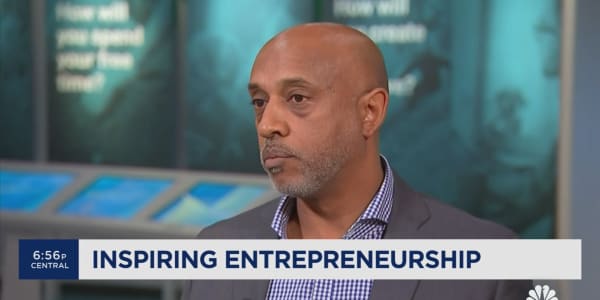The recent uproar over President Barack Obama's proposal to tax college savings plans outraged many American families who intend to use these accounts to help them pay for the rising cost of college. The controversy was deemed such a "distraction" that the administration dropped the idea altogether.
That's great news for the millions of families who have chosen these vehicles to save for college, in large part, because of the ability to withdraw funds from a 529 plan tax-free for higher-education expenses.
There are two types of 529 plans: college savings plans work like a 401(k) or individual retirement account (IRA) by investing contributions in mutual funds. Separately, prepaid plans let you pay all or part of the costs of college costs in advance.
Not just for the rich
These 529 plans—both college savings and prepaid tuition accounts—are used by 7 million families and collectively hold over $200 billion, according to the research firm Strategic Insight. Some suggest these plans disproportionately benefit mostly affluent families who can best afford to save.
However, the reality is that it is the college savings plan of choice for millions of middle-class families. The average value of a 529 account is $19,774, and the average contribution to accounts that receive regular electronic contributions at $175 a month, according to Strategic Insight. Some plans will let you open a 529 plan with a minimum investment of just $25.
Parents who are afraid they'll never be able to afford the rising cost of college must start to stash money away somewhere. These plans are a smart choice, especially if you can only save a little at a time.
The tax-free aspect is a big perk but the automated-savings feature of many 529 plans is the path by which millions of families will actually save for their child's education.






